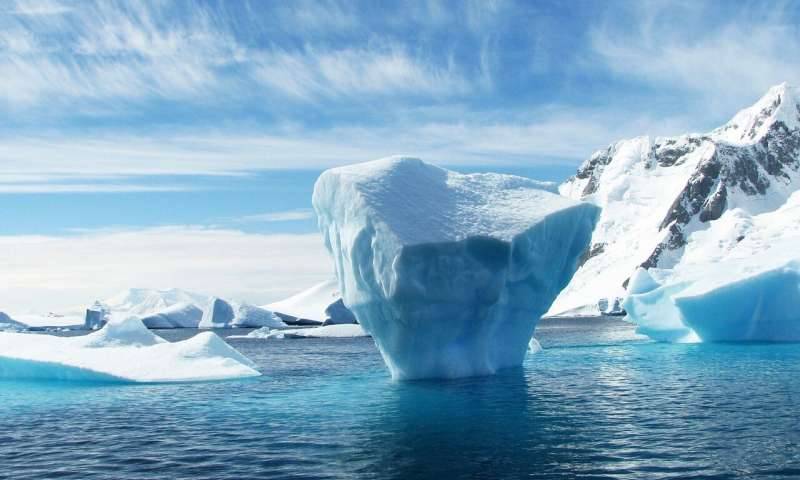Sea Ice Cracks & Low-Level Clouds
 In the Arctic Winter, cracks or "leads" in the sea ice allow for the relative warm
ocean water to create low boundary layer clouds in the colder air directly above the
ocean surface. Accordingly, one would assume that more leads in the ice would equate
to more low level clouds. However, multiple members of the Department of Atmospheric
Sciences at the University of Utah have found that when the number of leads is the
highest, there were fewer clouds.
In the Arctic Winter, cracks or "leads" in the sea ice allow for the relative warm
ocean water to create low boundary layer clouds in the colder air directly above the
ocean surface. Accordingly, one would assume that more leads in the ice would equate
to more low level clouds. However, multiple members of the Department of Atmospheric
Sciences at the University of Utah have found that when the number of leads is the
highest, there were fewer clouds.
To read about their findings and explanation as to why this is the case, check out the UNews article or the full publication in Nature Communications.
The authors of the publication are Xia Li, Steven Krueger, Courtenay Strong, Jay Mace and Sally Benson.
